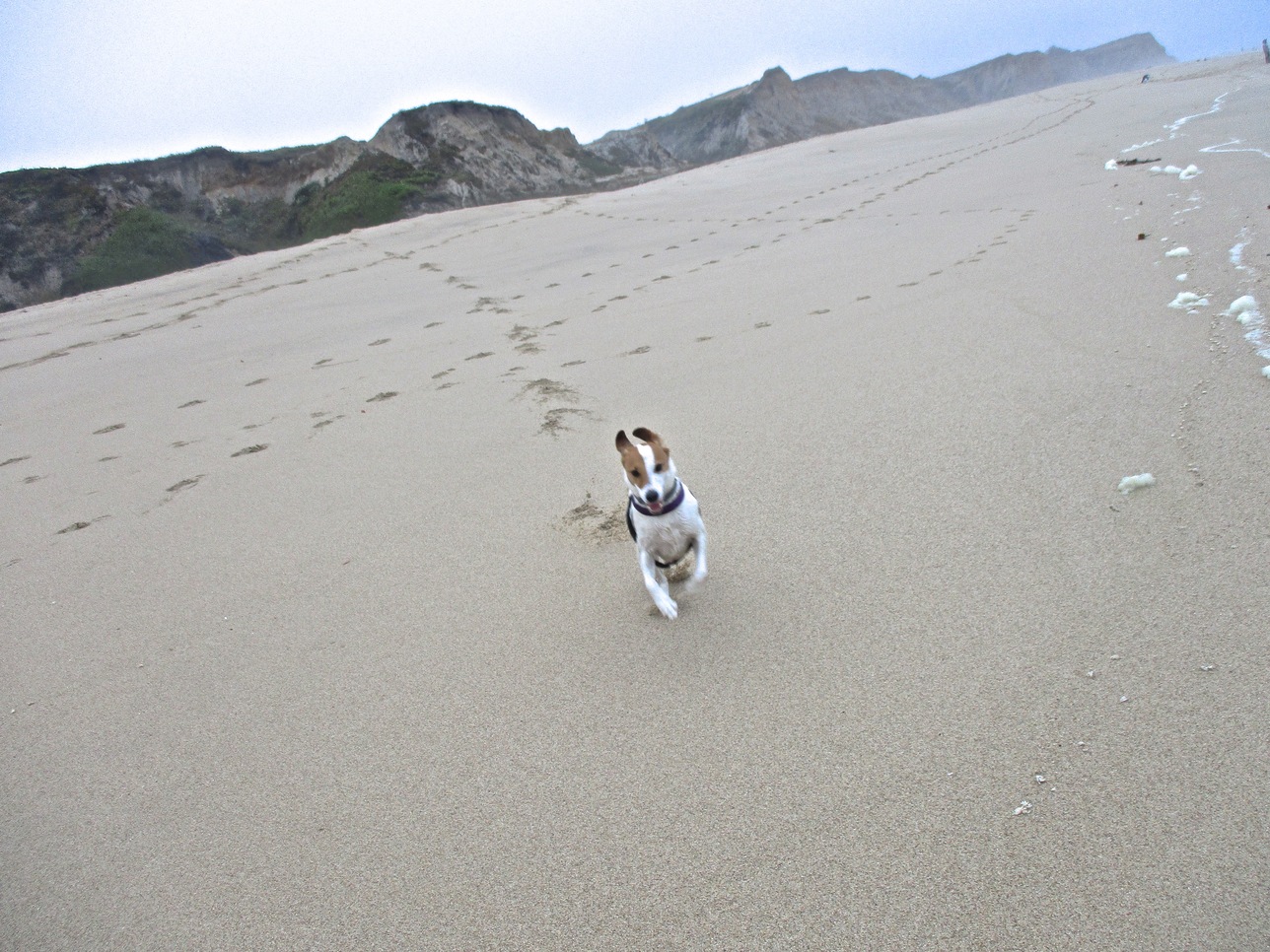 Philip Kobylarz, Charge of the Light Brigade, Photograph
Philip Kobylarz, Charge of the Light Brigade, Photograph
Old Men Shoveling Snow
We are as restless as the atmosphere,
and wake early. It is the white,
the whiteness, creeping into our
beards, on to our heads and
around us. How many inches,
how much; all these years, these
winters that build, one on another
until they smother us; how many more?
We wake early, and we push
before the plows can wall us in,
before the whiteness is too much;
before the shovels that we use
are used against us.
_____________
Phil Kirsch
Review by Arvilla Fee
“Old Men Shoveling Snow” carries the actual weight of snow and reveals its blinding whiteness. The first stanza builds, much like a snowfall, as the lines (the flakes) pile on top of one another: It is the white/ the whiteness, creeping into our/ beards and How many inches,/ how much; all these years,/ these winters that build. As readers, we can feel ourselves buried within the chilling depths. The last three words of the first stanza, how many more?, not only ask that of the snowfall but of age itself. How many more years (winters) do they, do any of us, have? Then the second stanza flings a frenetic, desperate energy: We wake early, and we push. Can you feel that? The push – against the snow, against nature itself, against aging? The energy builds as the anaphora races ahead: before the plows/ before the whiteness / before the shovels, and we, the readers, are left with a sort of desperation that we must dig ourselves out—before it’s too late!
Review by David B. Prather
Intrinsic repetition, even that within the lines and across the two stanzas, give this work a great awareness of sound—even a mimicry of the pattern of shoveling snow. And the metaphor is brought together so well with those closing lines.
Review by Jared Pearce
I find this a beautiful poem about manhood in the face of death: there’s duty, there’s the tension of freedom and life, there’s the inevitability of death, there’s the fight to remain and maybe even thrive. I think this poem touches a fine, very telling, and true metaphor.
Review by David Goodrum
